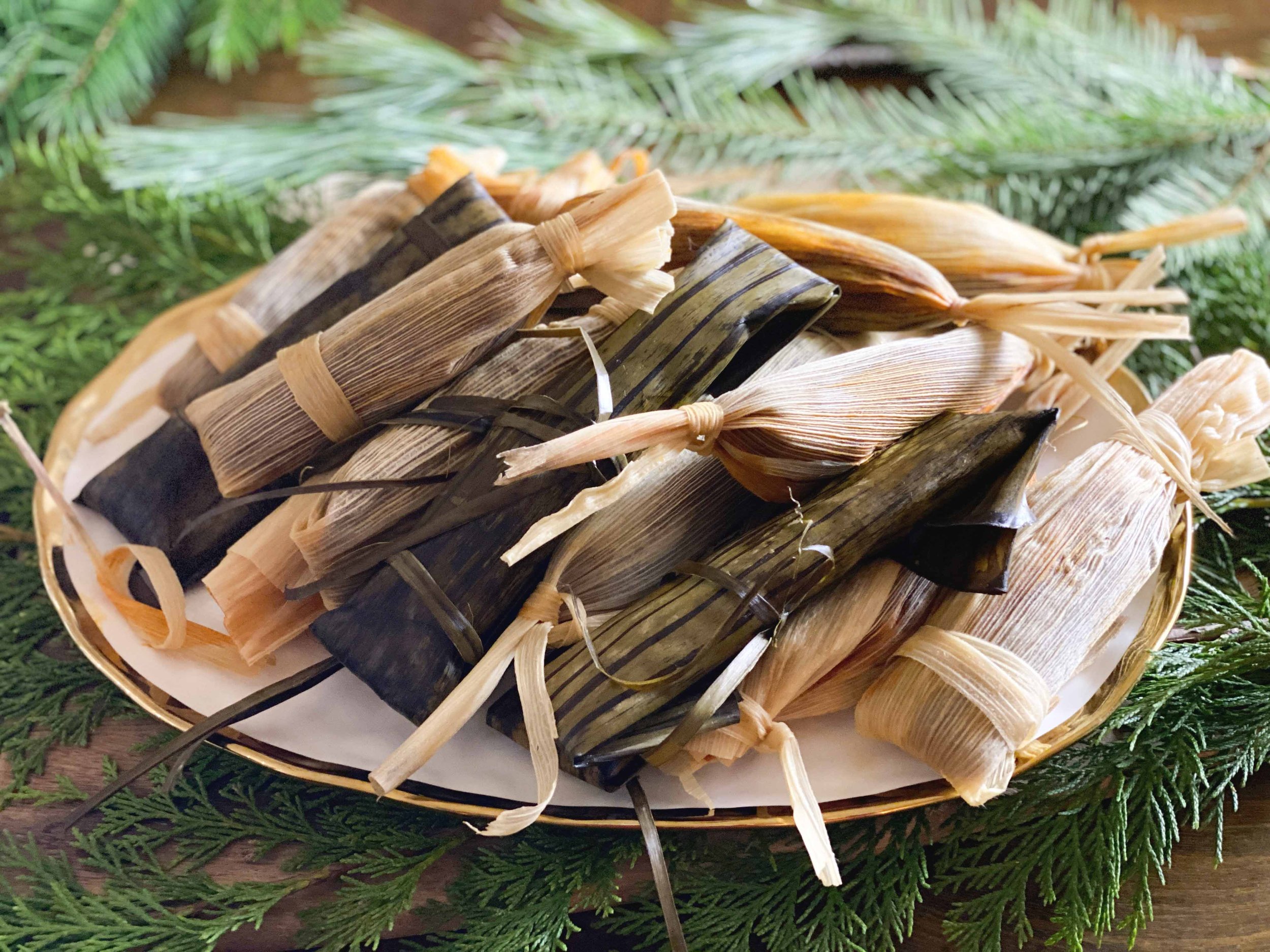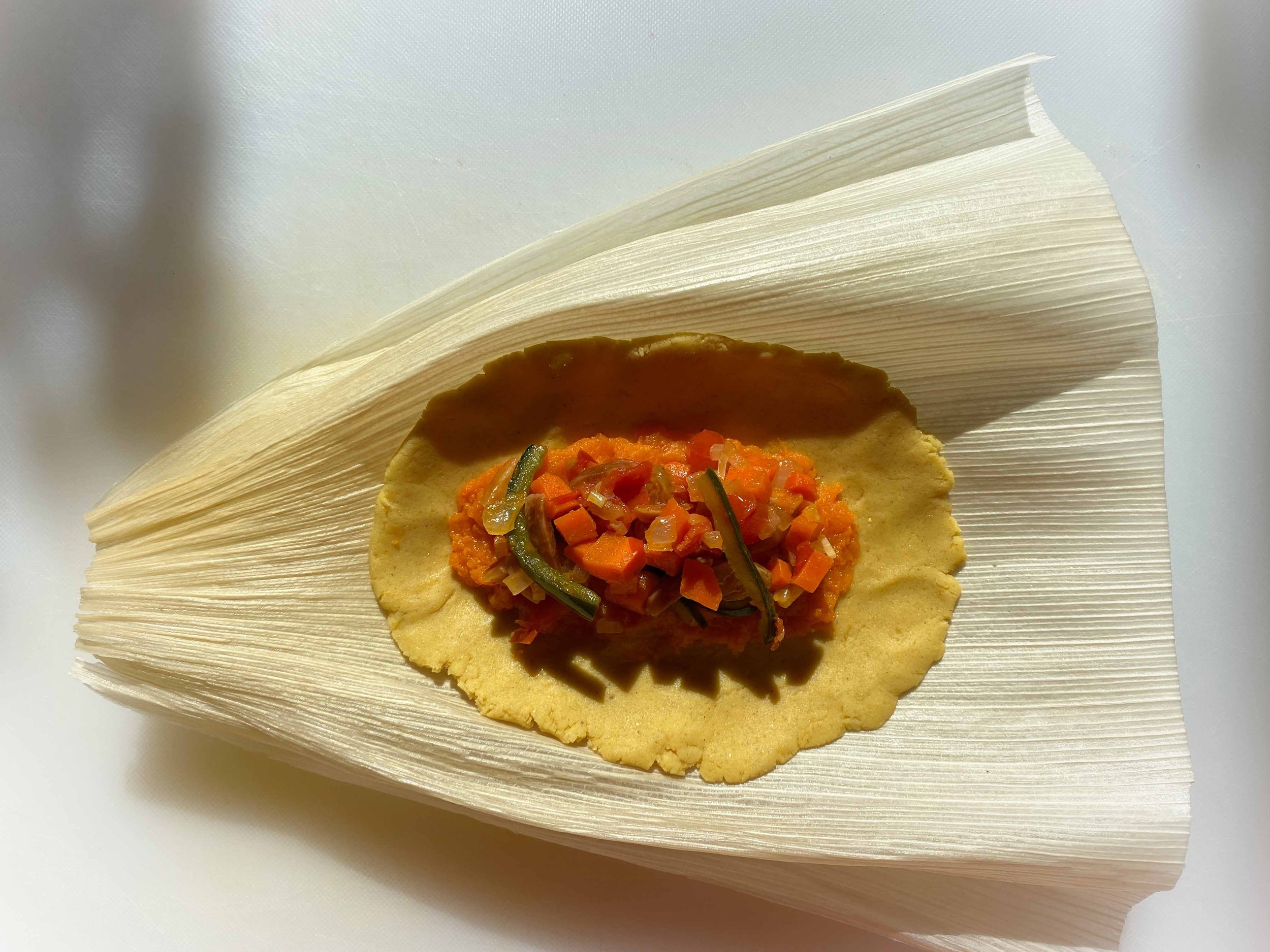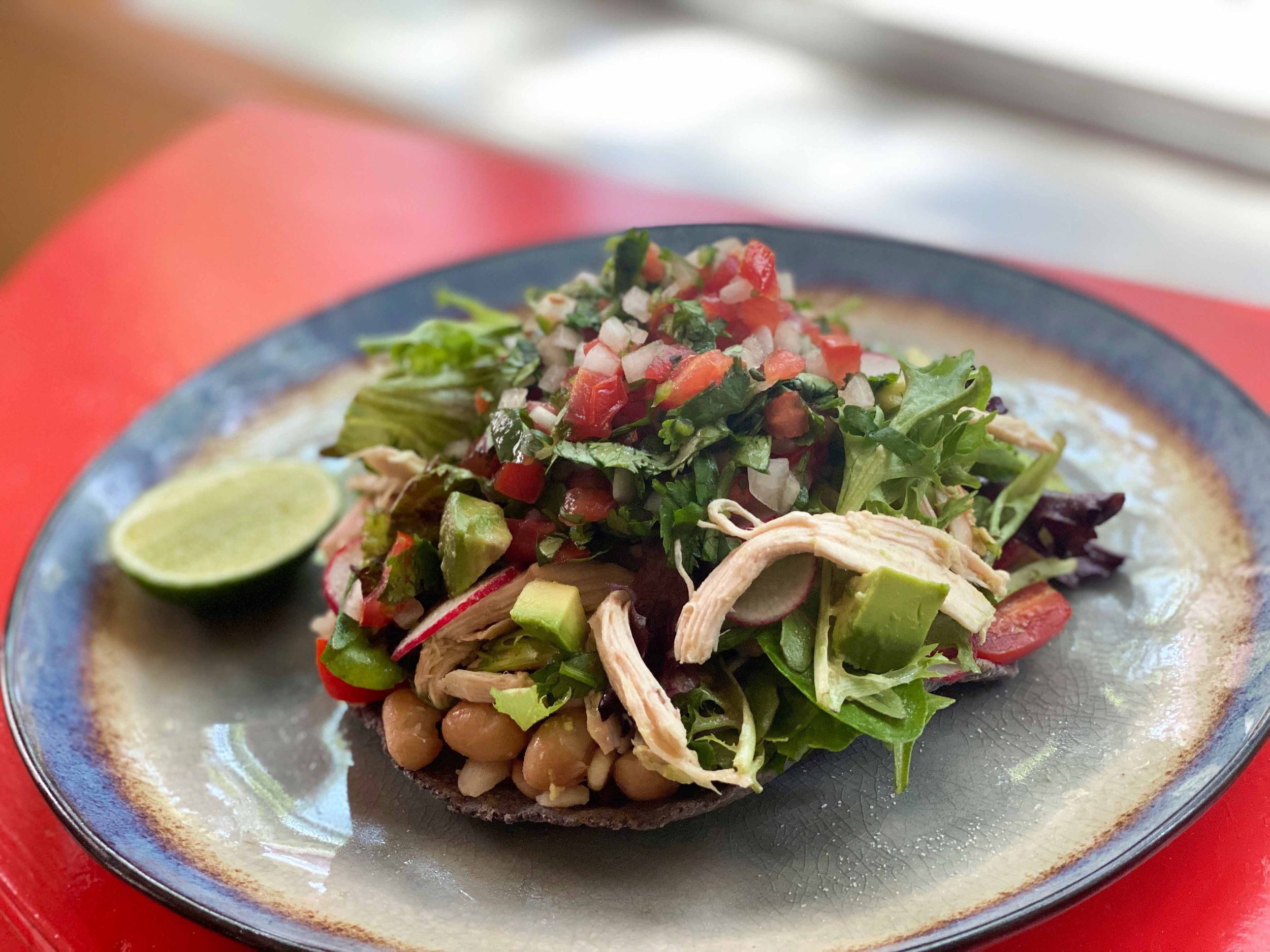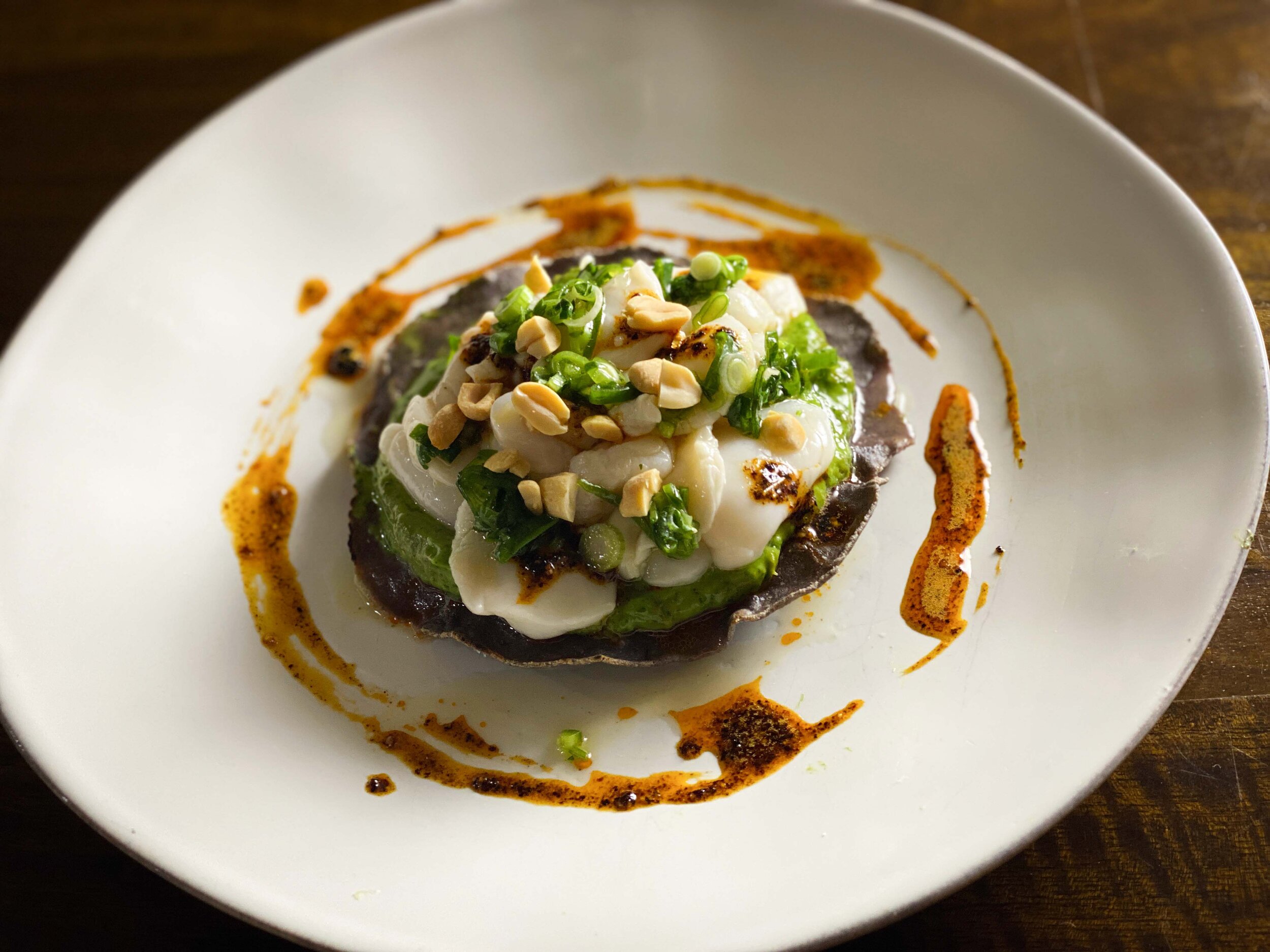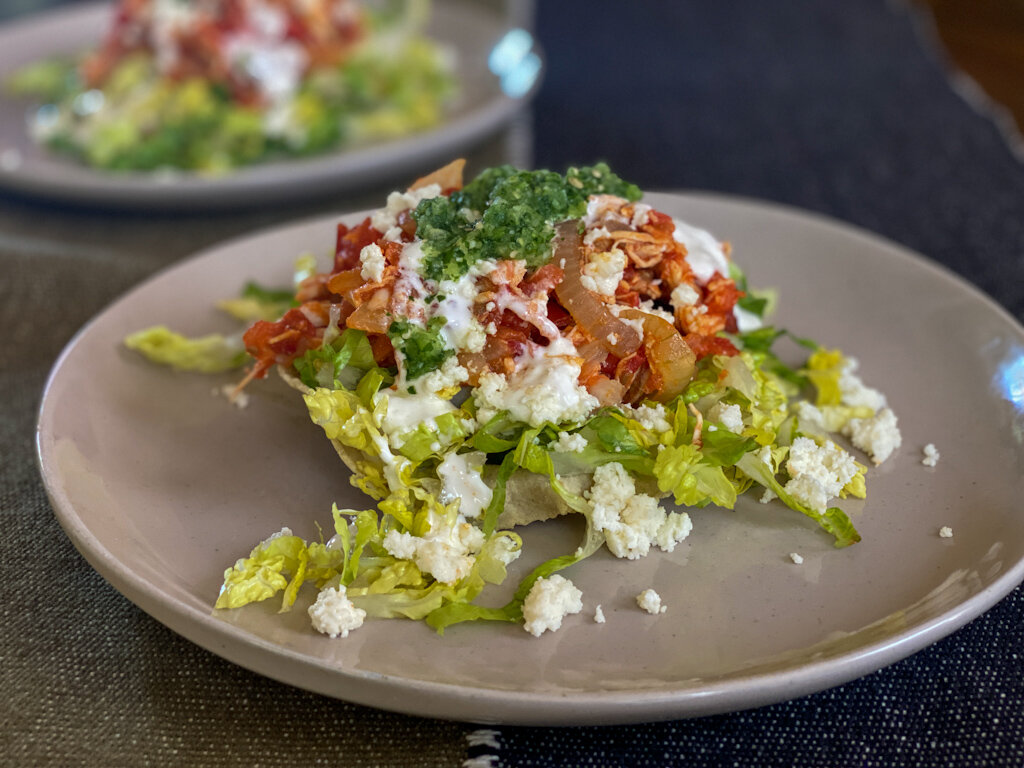By Leslie Brenner
News outlets all around the world, including the Times of India, Indian Express, BBC, The Guardian, South China Morning Post, Al Jazeera, The New York Times, CBS News, Le Figaro and others, have reported on a culinary dispute that landed in the High Court in Delhi, India in January.
At the center of it: bragging rights to murgh makhani, also known as butter chicken. The dish, as you know if you’ve ever swooned over a plate of it, consists of pieces of tandoori chicken bathed in a rich, velvety gravy built from onions, ginger, garlic, spices and tomatoes, and finished with butter and cream.
On one side of the butter chicken conflict is Monish Gujral, owner of Moti Mahal — which began as a dhaba (roadside restaurant) in Peshawar in pre-Partition India (now Pakistan) in 1920 and reopened in Delhi post-Partition in 1947. His grandfather, Kundan Laj Gujral — Moti Mahal’s first chef and eventual owner — has long been credited with having created butter chicken. His Delhi Moti Mahal was an instant hit, and the Gujral family developed it over the ensuing decades into an empire of more than 250 restaurants around the world — fueled largely on butter chicken’s enduring popularity.
On the other side is Raghave Jaggi, whose grandfather Kundan Laj Jaggi (yes, same first name as Gujral’s grandfather) was also a chef who fled Peshawar during Partition and who also settled in Delhi. Both parties agree, according to the New York Times, that the two chefs — Kundan Laj Jaggi and Kundan Laj Gujral — were partners in that first Delhi Moti Mahal.
Which of the two created butter chicken (and dal makhani, butter lentils)? That’s the disagreement: Both Gujral and Jaggi say the two dishes were their own grandfather’s inventions.
In 2019, Raghave Jaggi opened his own restaurant, calling it Daryaganj. Its tagline: “By the inventors of butter chicken & dal makhani.”
Two tales of one chicken
Here’s the story as the Gujral family presents it. Fabulous as tandoori chicken is just out of the tandoor, it tends to dry out overnight, and isn’t fit for serving the day after it’s made. That kind of food waste doesn’t fly in restaurants, and the elder Gujral came up with a delicious solution: He created a rich, buttery, beautifully spiced gravy as a way to revive those dried-out tandoori chickens.
Daryaganj’s menu tells a different story:
“One fine night in 1947, Kundan Lal Jaggi was about to shut shop when a group of hungry guests arrived at his restaurant. The kitchen was nearly empty at that late hour, barring a few portions of their famous tandoori chicken. He was struck with the idea to make a “butter” gravy with tomatoes, fresh butter and some spices. He then added pieces of cooked tandoori chicken to it, so it can suffice for all. The guests loved it and he decided to put this dish permanently on his menu and christened it ‘Butter Chicken.’”
And so both families are headed to the High Court, where Gujral is suing Jaggi for copyright infringement and unfair competition. The suit, which is expected to be heard in May, will presumably decide which of their brand stories is legit – with high-stakes ramifications for each restaurant brand’s marketing.
Meanwhile, it just us, or does that tale sound a lot like Caesar Salad’s origin story? Here’s Wikipedia’s version:
“The salad's creation is generally attributed to the restaurateur Caesar Cardini, an Italian immigrant who operated restaurants in Mexico and the United States. Cardini lived in San Diego but ran one of his restaurants in Tijuana to attract American customers seeking to circumvent the restrictions of Prohibition. His daughter, Rosa, recounted that her father invented the salad at the Tijuana restaurant when a Fourth of July rush in 1924 depleted the kitchen's supplies. Cardini made do with what he had, adding the dramatic flair of table-side tossing by the chef.”
World Butter Chicken starts with tandoori chicken thighs.
A personal favorite
While the two families battle it out in court, we’ll be enjoying the Moti Mahal version of the dish stateside — and invite you to, as well.
I developed a butter chicken obsession a few years back, and became intent on developing a recipe as close as possible to the one served at Moti Mahal. We’re all about presenting the quintessential version of essential recipes at Cooks Without Borders, and the version served at the place that made a dish world-famous felt like the appropriate benchmark. To that end, in the spring of 2020, I started with the murgh makhani recipe from Monish Gujral’s 2009 book, On the Butter Chicken Trail. At the same time, I struck up a correspondence with Gujral — wanting to run by him any refinements to his recipe, to make sure the result would be as close to what he served in his restaurants as possible.
Gujral delighted me by looking over and approving of my tweaks to his original recipe, all designed to help American cooks closely approximate the dish in their American kitchens. For instance, instead of asking cooks to start with a 600-700-gram (1 1/3 to 1 1/2-pound) whole, skinless chicken, marinating it, skewering it, then roasting it on a spit, when I’ve never seen such a small bird in a commercial setting stateside and few people here are set up for spit-roasting, my recipe uses chicken thighs, giving them a yogurt-based tandoori marinade first, then roasting them on a rack so the oven heat circulates around them. For the sauce, rather than using 14 whole tomatoes and then straining them out (along with the onions), I used a can of diced tomatoes, and puréed the sauce to silky smooth — less work, less waste, just as much flavor (or maybe more). The dish quickly became a Cooks Without Borders favorite.
A few months later, Gujral contacted me, as he was planning to celebrate the 100-year anniversary of the original Moti Mahal, the Peshawar dhaba.
Together, Gujral and I cooked up the idea of creating a food holiday to commemorate the anniversary — World Butter Chicken Day. I wrote about it for The Dallas Morning News. In honor of the occasion, I streamlined and refined the adapted recipe even further, and called it World Butter Chicken. I believe it’s as excellent as its more elaborate and time-consuming forebear, and once again, Gujral gave it his blessing.
RECIPE: World Butter Chicken
If we can ever get our hands on Daryaganj’s butter chicken recipe, we’re eager to produce a Butter Chicken Smackdown — preparing both recipes and tasting them side by side. (How fun would that be?!) Alas, a tag on Daryaganj’s menu that says “Secret Recipes of 1947” would seem to imply that family is not about to give away theirs.
We’ll certainly be keeping our eyes on the Delhi High Court’s decision. No matter what happens, I’ll forever be grateful to the Gujral family for sharing their own spectacular recipe for butter chicken success with the world.
RECIPE: World Butter Chicken
EXPLORE: All Cooks Without Borders Indian Recipes



